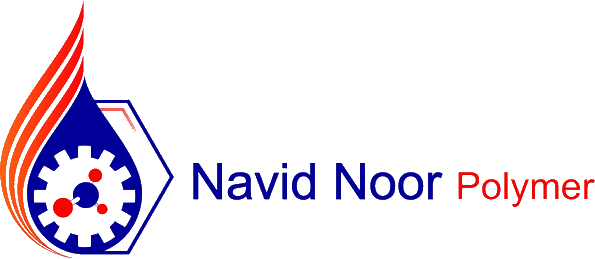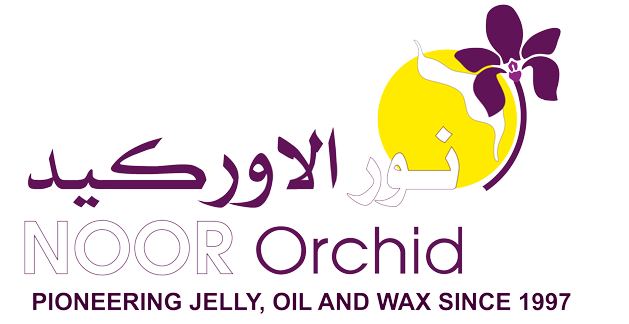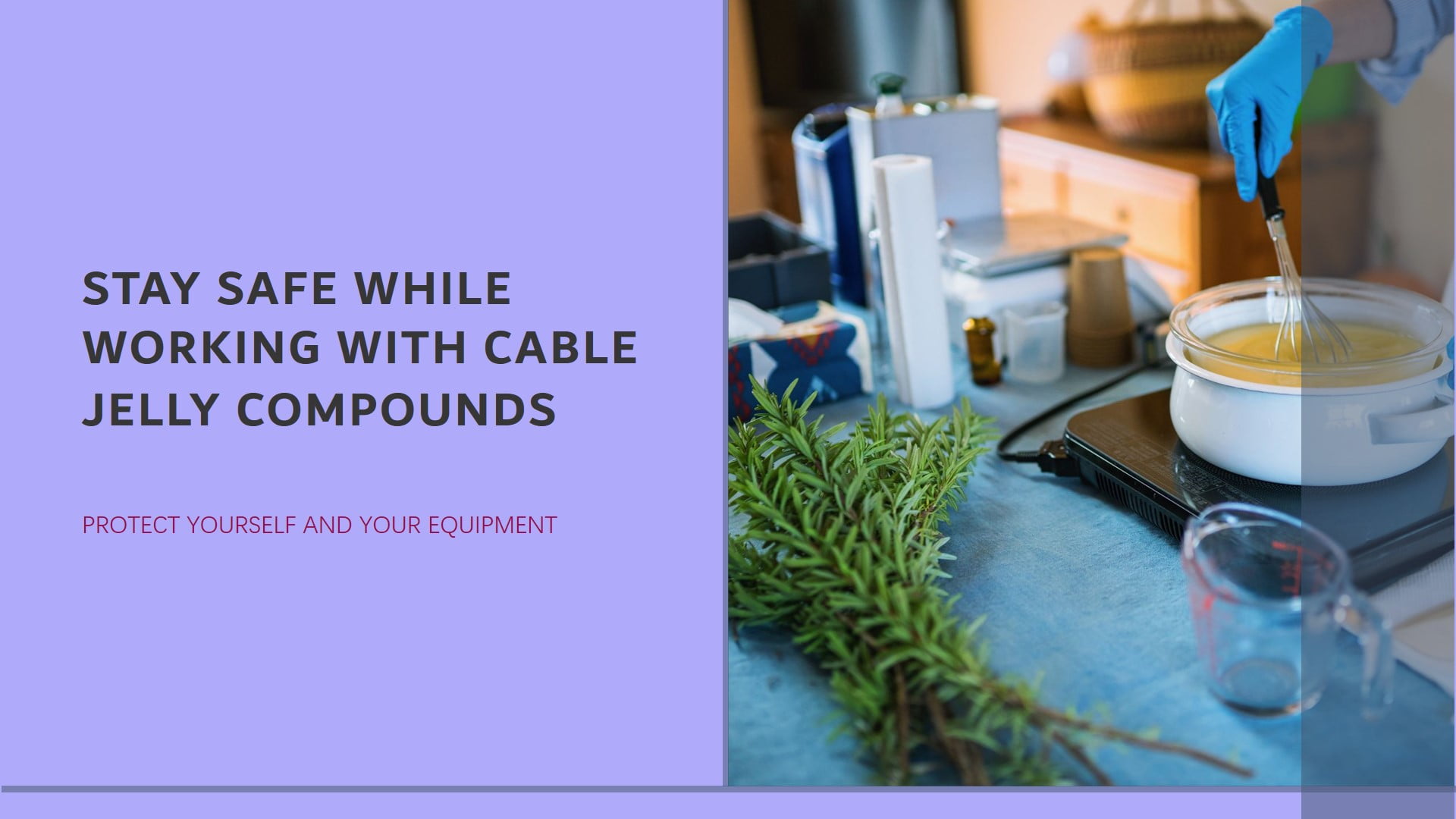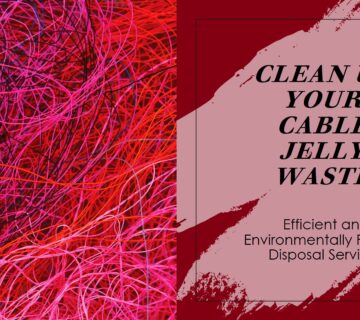Safety is paramount when working with cable jelly compounds. These materials, while generally not highly toxic, can pose certain risks if not handled properly. Here are the key safety precautions to consider:
1. Personal Protective Equipment (PPE):
– Gloves: Wear chemical-resistant gloves to prevent skin contact.
– Eye Protection: Use safety goggles or a face shield to protect against splashes.
– Protective Clothing: Wear long sleeves and pants to minimize skin exposure.
– Footwear: Use closed-toe shoes to protect feet from spills.
2. Ventilation:
– Ensure adequate ventilation in the work area to prevent the accumulation of fumes.
– Use local exhaust ventilation when working with large quantities or in confined spaces.
3. Respiratory Protection:
– In most cases, respiratory protection isn’t necessary with proper ventilation.
– If working with heated compounds or in poorly ventilated areas, use appropriate respirators.
4. Skin Protection:
– Avoid direct skin contact with the jelly compound.
– If skin contact occurs, wash the affected area immediately with soap and water.
5. Eye Safety:
– Avoid eye contact with the compound.
– If eye contact occurs, flush with water for at least 15 minutes and seek medical attention.
6. Fire Safety:
– While most cable jellies are not highly flammable, keep work areas free of ignition sources.
– Have appropriate fire extinguishers readily available.
7. Spill Control:
– Have spill containment materials (e.g., absorbent pads) readily available.
– Clean up spills promptly to prevent slip hazards.
8. Storage:
– Store compounds in sealed containers in a cool, dry place.
– Keep away from incompatible materials (refer to the Safety Data Sheet).
9. Handling:
– Use appropriate tools and equipment for transferring and applying the compound.
– Avoid creating aerosols or mists when handling.
10. Hygiene:
– Wash hands thoroughly after handling the compound.
– Do not eat, drink, or smoke in areas where the compound is used.
11. Training:
– Ensure all workers are properly trained on the safe handling of cable jelly compounds.
– Familiarize workers with the Safety Data Sheet (SDS) for the specific compound used.
12. Emergency Procedures:
– Have an eye wash station and safety shower nearby.
– Know the location of first aid kits and how to use them.
13. Disposal:
– Dispose of waste material by local, state, and federal regulations.
– Do not pour compounds down drains or into water sources.
14. Environmental Considerations:
– Prevent release into the environment.
– Have a plan for containing and cleaning up any accidental releases.
15. Electrical Safety:
– When working with cable jelly in proximity to electrical equipment, ensure proper isolation and grounding.
16. Temperature Considerations:
– Be aware of the temperature range for safe handling of the specific compound.
– Use caution when working with heated compounds to avoid thermal burns.
17. Chemical Compatibility:
– Be aware of materials that may react with the cable jelly compound.
– Avoid mixing with incompatible substances.
18. Transportation:
– Follow proper transportation regulations when moving large quantities of the compound.
19. Medical Surveillance:
– In cases of frequent or prolonged use, consider implementing a medical surveillance program for workers.
20. Documentation:
– Keep records of safety training, incidents, and any exposure assessments.
21. Regular Safety Audits:
– Conduct periodic safety audits of storage, handling, and usage practices.
Remember, while these are general guidelines, it’s crucial to consult the specific Safety Data Sheet (SDS) for the particular cable jelly compound being used. The SDS will provide detailed information on the composition, hazards, and specific safety measures required for that product.
Always prioritize worker safety and comply with all relevant occupational health and safety regulations when working with cable jelly compounds or any industrial chemicals.

This is Kamran Malekian working in the petroleum jelly manufacturing industry for Navid Noor Company since 2013 I am eager to make content in this industry and have a good impact on professional users and people using cosmetic and pharmaceutical products.











No comment